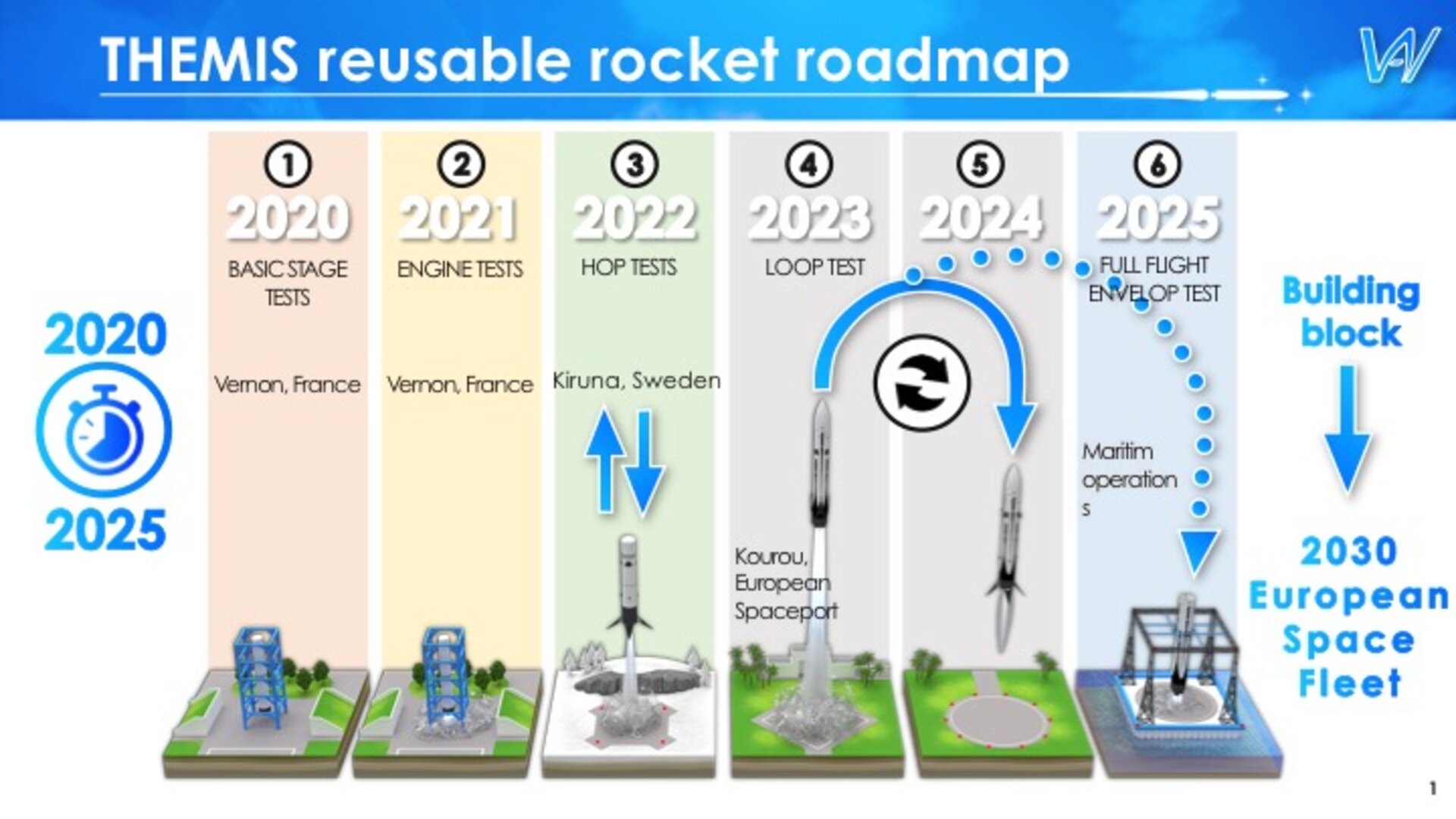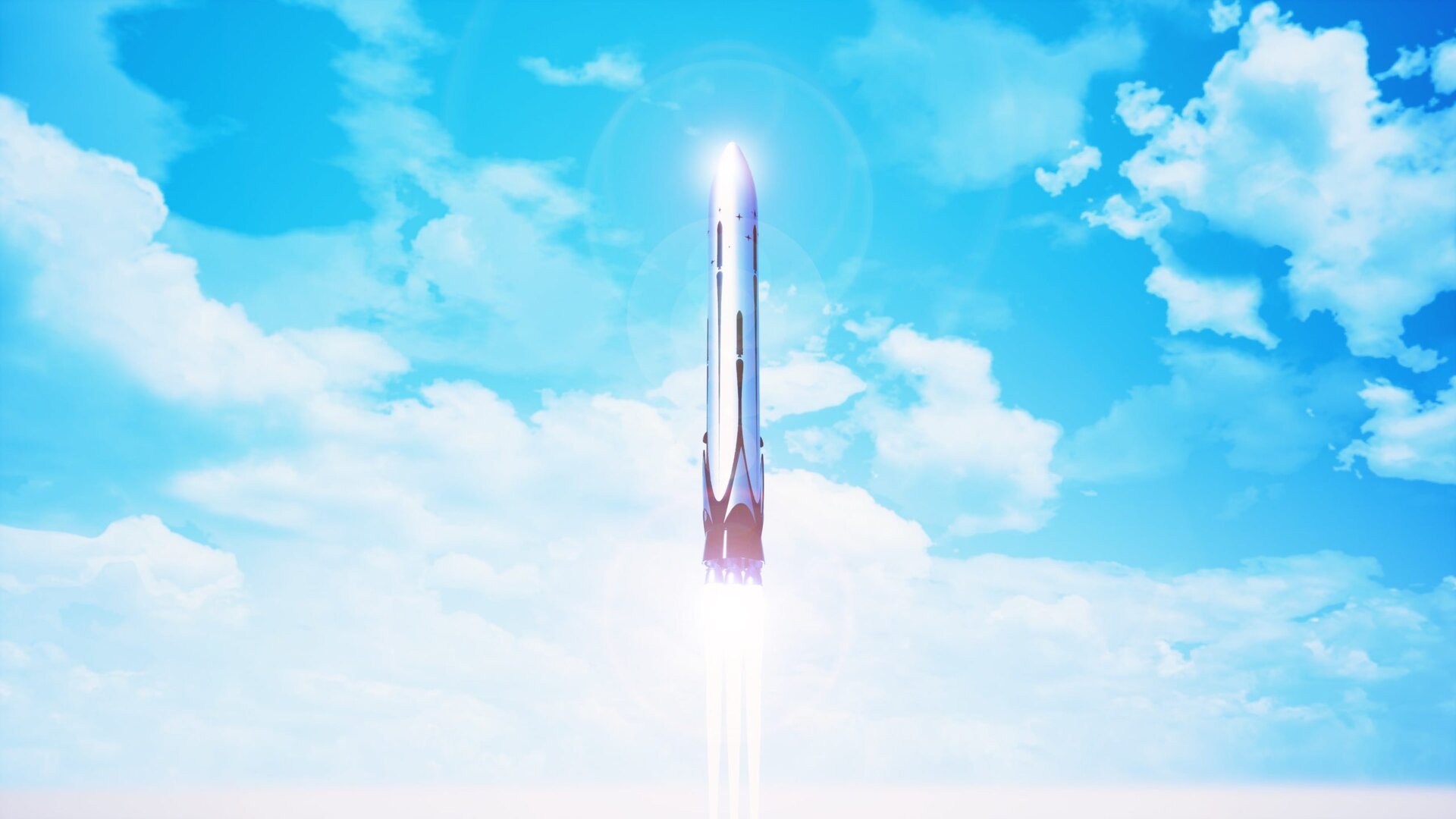It’s an exciting time for space exploration! All around the world, national space agencies are sending missions to deep-space and preparing to send astronauts to orbit and the Moon. At the same time, the commercial aerospace industry (NewSpace) is expanding to include more launch providers and service new markets. These developments are adding up and making space more cost-effective and accessible.
One such development of the emergence of reusable rockets, which are reducing the cost of individuals launches down considerably. Earlier this month (Dec. 15th), the European Space Agency (ESA) contracted with aerospace giant ArianeGroup to develop a reusable rocket. As part of the Themis Program, the ESA will use this rocket to evaluate the technologies involved for potential use on future European launch vehicles.
The Themis program is named after the Titan goddess of divine law, order, and customs in the Greek pantheon. The program was conceived based on recommendations made during the Space19+ Ministerial Council in Seville, Spain (November of 2019). Among other things, the Council stressed the importance of developing reusable space vehicles (like the Space Rider) that would help ensure lower costs and increased access to space.

To this end, the ESA signed a contract worth €33 million (~$ 40.4 million USD) with French aerospace giant ArianeGroup for the “Themis Initial Phase.” This will involve the preparation of flight vehicle technologies, the test bench, and static fire demos at the company facility in Vernon, France. It also includes preparations for the first “hop tests” at the Esrange Space Center (a Swedish Space Corporation facility) in Kiruna, Sweden.
As Daniel Neuenschwander, ESA Director of Space Transportation, said in an ESA press statement:
“Themis will advance key technologies and demonstrate reusability capabilities in Europe. This will create additional options for lowering the cost of access to space and increase Europe’s flexibility to offer a variety of launch services.”
The Themis vehicle is a single-stage demonstrator that measures 30 m (~100 ft) in height, 3.5 m (11.5 ft) in diameter, and has a fuel capacity of 130 metric tons (143 US tons) of liquid oxygen (LOX) and methane. Once assembled, this rocket will rely on three Prometheus engines, which where also developed by ArianeGroup, along with its partners in Belgium, Switzerland, France, and Sweden.

This versatile, next-generation engine is capable of generating 1000 kilonewtons (kN) of variable thrust and can reignite. It also comes with an onboard computer that provides real-time engine management and monitoring. These features, which are crucial for reusable rockets, make the Prometheus suitable for core, booster, and upper stage application. As André-Hubert Roussel, the CEO at ArianeGroup, commented:
“Powered by the Prometheus engine demonstrator, running on liquid oxygen/methane or oxygen/hydrogen combinations, Themis will lead to the proving and development of very low-cost launcher solutions, while contributing to energy transition to a more eco-responsible space launcher sector.”
Once the Initial Phase is complete, suborbital flight tests will take place at Europe’s Spaceport in Kourou, French Guiana (currently scheduled for 2023). Two launch sites are under consideration, including the “Diamant zone” and the Ariane-3 Launch Complex (ELA-3), where the Ariane 5 rocket has been launching since 1996. This latter site will become available after the transition to the next-generation Ariane 6 is complete.
More and more, commercial launch services and space agencies are looking to reusability to cut the cost of going to space. With the greater accessibility that this will allow, humanity’s presence in space (and our capabilities there) will grow accordingly.
Further Reading: ESA


Speaking from a nation within ESA [Sweden], it is a low risk, high cost, high delay approach – but of course that is the only political solution in a cooperative environment. “A small step …”.
The EU is even worse than NASA, so I’d bet the five year plan stretches to at least ten years, just to achieve orbit and a successful landing and reuse. Cost overruns will probably make it outrageously expensive as well. More likely they will give up and purchase Falcon 9’s from Spacex, like they now buy boosters from Russia.